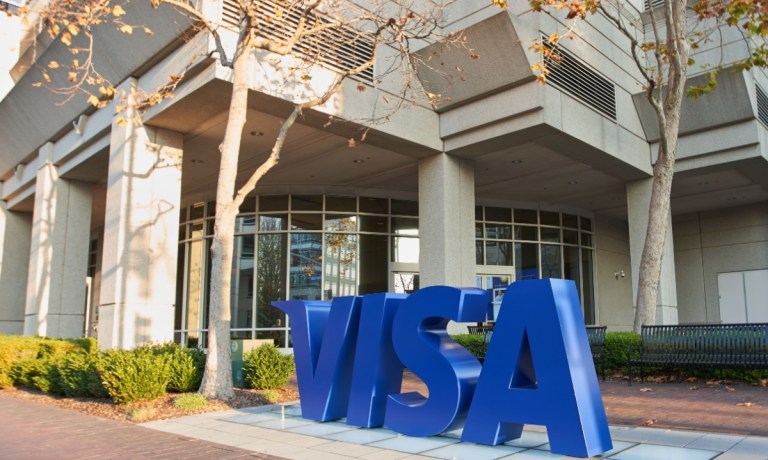
Visa and Tencent partnered to launch a pay-by-palm solution, first in Singapore and then in other markets.
The collaboration brings together Tencent’s palm recognition technology and Visa’s payment token and other technology, the companies said in a Wednesday (Nov. 6) press release.
The pay-by-palm service will start with a pilot program in Singapore that will include Visa cardholders from participating banks — including DBS, OCBC and UOB — and a café called Alchemist, according to the release. It will then expand in the future.
“Our aim is to enhance the payment experience and ensure that our customers can enjoy seamless transactions with the highest level of security,” Adeline Kim, Visa country manager for Singapore and Brunei, said in the release.
During the pilot program, participants will enroll at the merchant’s point of sale by tapping their Visa card, scanning their palm and completing a one-time authentication, according to the release.
By completing that one-time enrollment, a Visa payment token will be bound to the biometric template of their palm, the release said. In the future, they will be able to make payments to participating merchants by just waving their palm.
The Tencent Palm hardware and software promises safety and security by verifying both palm prints and unique patterns of veins under the skin and by encrypting user data, per the release.
Most consumers who have used biometric solutions like pay by palm as an authentication method prefer this technology to other solutions, according to the PYMNTS Intelligence report “Consumer Authentication Preferences for Online Banking and Transactions.”
The benefits of palm biometric payments extend to consumers and businesses, the report found. Consumers enjoy the convenience of completing transactions with a quick scan of their palm, while businesses benefit from increased efficiency and security.
Another company that has deployed a palm payment tool is Amazon, which said in March that its Amazon One service is available at over 500 Amazon-owned Whole Foods stores, several of Amazon’s own stores, and a range of third-party locations that have partnerships with Amazon.